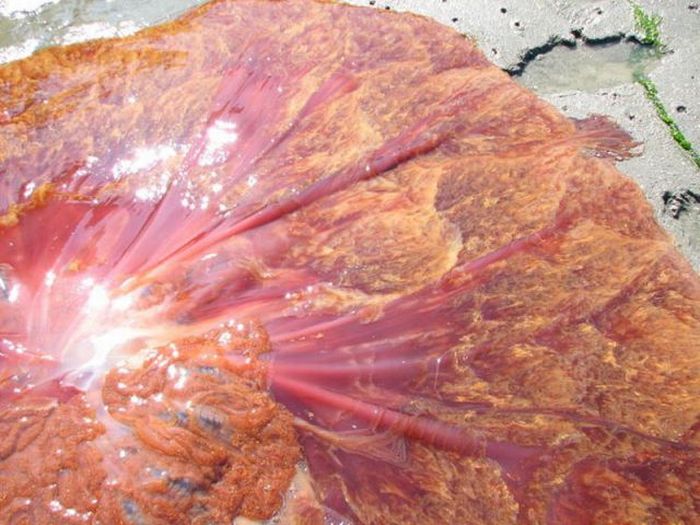|
|
Giant Jellyfish, Kayak Point, Washington, United States
|
Jellyfish blooms
The presence of ocean blooms is usually seasonal, responding to prey availability and increasing with temperature and sunshine. Ocean currents tend to congregate jellyfish into large swarms or "blooms", consisting of hundreds or thousands of individuals. In addition to sometimes being concentrated by ocean currents, blooms can result from unusually high populations in some years. Bloom formation is a complex process that depends on ocean currents, nutrients, temperature, predation, and oxygen concentrations. Jellyfish are better able to survive in oxygen-poor water than competitors, and thus can thrive on plankton without competition. Jellyfish may also benefit from saltier waters, as saltier waters contain more iodine, which is necessary for polyps to turn into jellyfish. Rising sea temperatures caused by climate change may also contribute to jellyfish blooms, because many species of jellyfish are better able to survive in warmer waters. Jellyfish are likely to stay in blooms that are quite large and can reach up to 100,000 in each.
There is very little data about changes in global jellyfish populations over time, besides "impressions" in the public memory. Scientists have little quantitative data of historic or current jellyfish populations. Recent speculation about increases in jellyfish populations are based on no "before" data.
|
|









